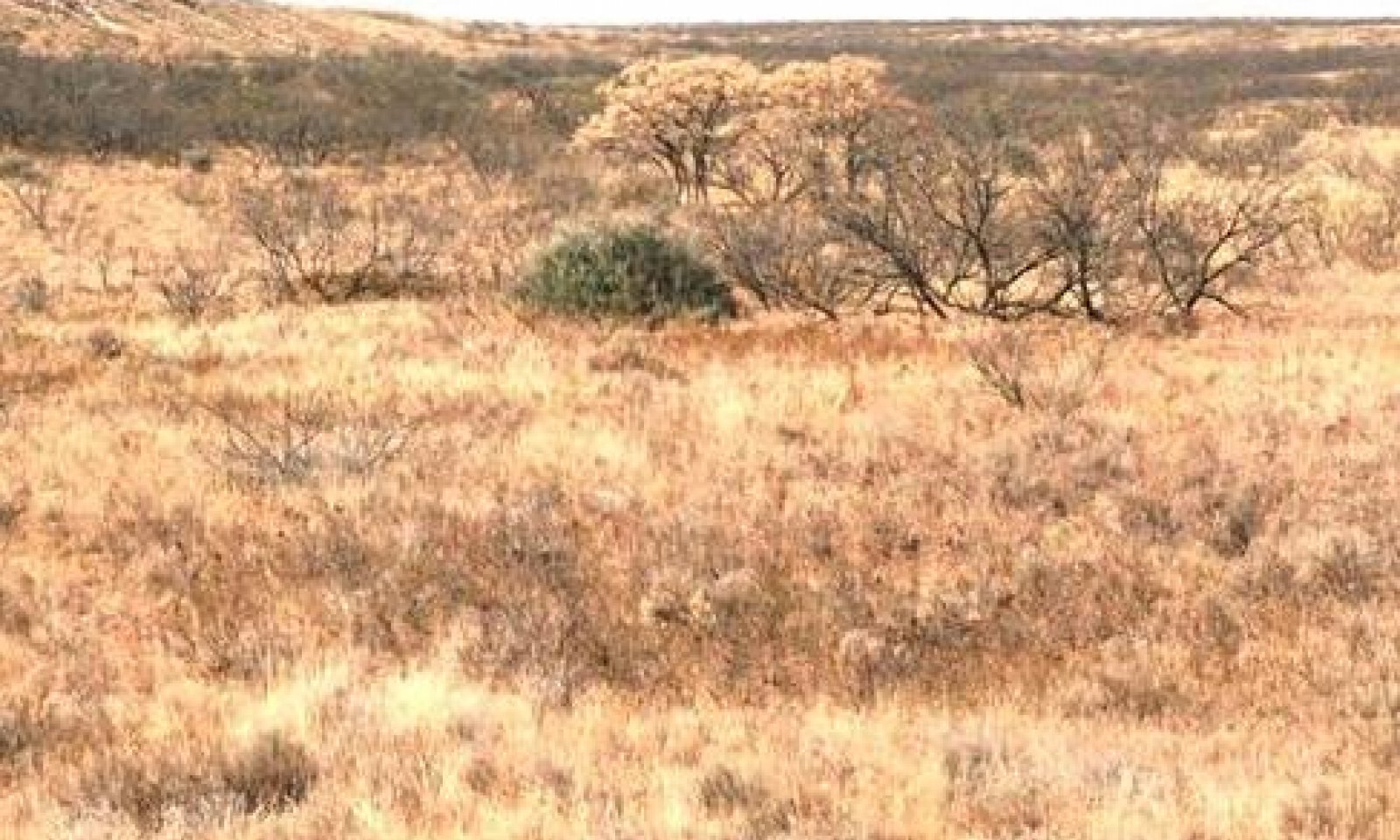
Draw 12-17" PZ
Scenario model
Current ecosystem state
Select a state
Management practices/drivers
Select a transition or restoration pathway
-
Transition T1A
Absence of disturbance and natural regeneration over time, may be coupled with excessive grazing pressure and prolong drought conditions
More details -
Restoration pathway R2A
Adequate rest from defoliation and removal of woody canopy, followed by reintroduction of historic disturbance regimes
More details -
Transition T2A
Absence of disturbance and natural regeneration over time, may be coupled with excessive grazing pressure
More details -
Restoration pathway R3A
Adequate rest from defoliation and removal of woody canopy, followed by rangeland seeding
More details -
No transition or restoration pathway between the selected states has been described
Target ecosystem state
Select a state
Description
The Midgrass/Shortgrass Community (1.1) is the interpretive plant community for the Draw site in MLRA 77D. Midgrass species found on the site include sideoats grama, cane/silver bluestem, vine mesquite and plains bristlegrass making up approximately 45% of the total site production. Blue grama, black grama, and buffalograss are the primary shortgrass species producing approximately 25% of the total production. It generally averages from 1,500 to 3,000 pounds per acre depending upon the timing and amount of precipitation. Diversity and productivity is consistent with the site potential.
This site will move towards the Shortgrass/Midgrass Community (1.2). Many midgrass species will give way to increasing amounts of perennial threeawn, buffalograss, and blue grama. These shortgrasses can adapt better to grazing pressure. On draw sites where salinity has increased, alkali sacaton and fourwing saltbush can become predominate. Grasses still dominate annual herbage production, but encroaching woody species such as mesquite may invade the site as wildlife and livestock spread the seeds.
Submodel
Description
There is a continued decline in the diversity of the grassland component and an increase in woody plants. The grass component is a mixture of perennial threeawn dominating with lesser amounts of low vigor blue grama and buffalograss, few if any midgrass species remaining. Because of grazing pressure and competition for nutrients and water from woody plants the grassland component shows a lack of plant vigor and productivity.
Submodel
Description
Existing shortgrass species will be in low vigor with large components of annual grasses and forbs present. Shrubs/halfshrub species can exceed 40 - 50% canopy on some draw sites. If good plant cover is not maintained on this site, erosion from water can become a problem.
Submodel
Mechanism
With heavy continuous grazing, no fires, brush invasion, long-term drought conditions, no brush or pest management, and no rest periods, the Grassland State of the Draw ecological site will transition into the Shortgrass State.
Mechanism
With the implementation of prescribed grazing (growing season rests), selective brush and pest management, and range planting conservation practices, the Shortgrass State can be restored back to the Grassland State. This restoration may take 4 to 5 years or longer.
Relevant conservation practices
| Practice | External resources |
|---|---|
|
Brush Management |
|
|
Range Planting |
|
|
Integrated Pest Management (IPM) |
|
|
Prescribed Grazing |
Mechanism
With heavy continuous grazing, long-term drought conditions, brush invasion, no brush management, and no pest management, the Shortgrass State will further transition into the Degraded Shortgrass/Shrub State.
Mechanism
Major economic and energy inputs will be required to return this state to the Shortgrass State. Prescribed grazing with growing season rest, major brush and pest management over 5 – 7 years and range planting will be required. Some mechanical shaping may be required to repair gully areas followed by re-seeding. The success of the restoration is dependent on near mean average precipitation during this period.
Relevant conservation practices
| Practice | External resources |
|---|---|
|
Brush Management |
|
|
Prescribed Grazing |
|
|
Grazing Land Mechanical Treatment |
|
|
Range Planting |
|
|
Integrated Pest Management (IPM) |
Model keys
Briefcase
Add ecological sites and Major Land Resource Areas to your briefcase by clicking on the briefcase (![]() ) icon wherever it occurs. Drag and drop items to reorder. Cookies are used to store briefcase items between browsing sessions. Because of this, the number of items that can be added to your briefcase is limited, and briefcase items added on one device and browser cannot be accessed from another device or browser. Users who do not wish to place cookies on their devices should not use the briefcase tool. Briefcase cookies serve no other purpose than described here and are deleted whenever browsing history is cleared.
) icon wherever it occurs. Drag and drop items to reorder. Cookies are used to store briefcase items between browsing sessions. Because of this, the number of items that can be added to your briefcase is limited, and briefcase items added on one device and browser cannot be accessed from another device or browser. Users who do not wish to place cookies on their devices should not use the briefcase tool. Briefcase cookies serve no other purpose than described here and are deleted whenever browsing history is cleared.
Ecological sites
Major Land Resource Areas
The Ecosystem Dynamics Interpretive Tool is an information system framework developed by the USDA-ARS Jornada Experimental Range, USDA Natural Resources Conservation Service, and New Mexico State University.






